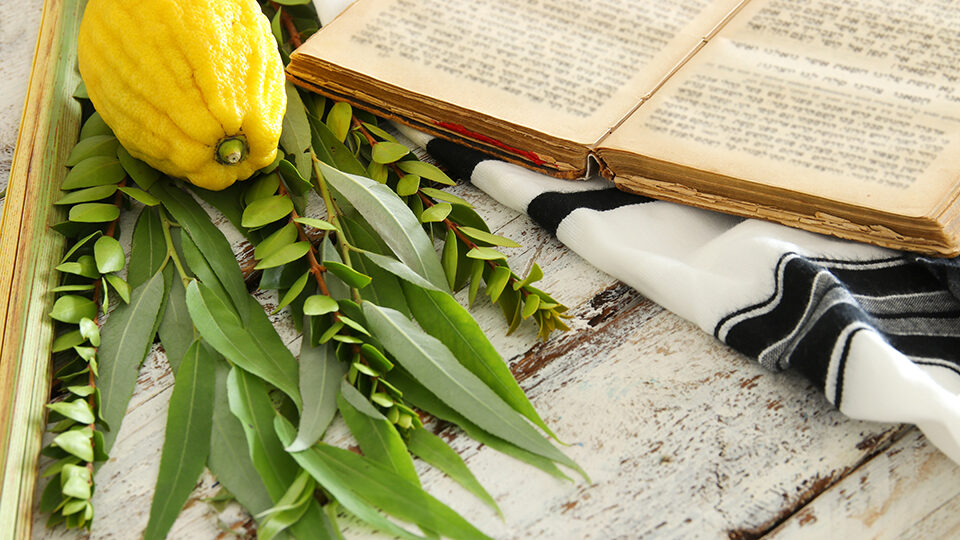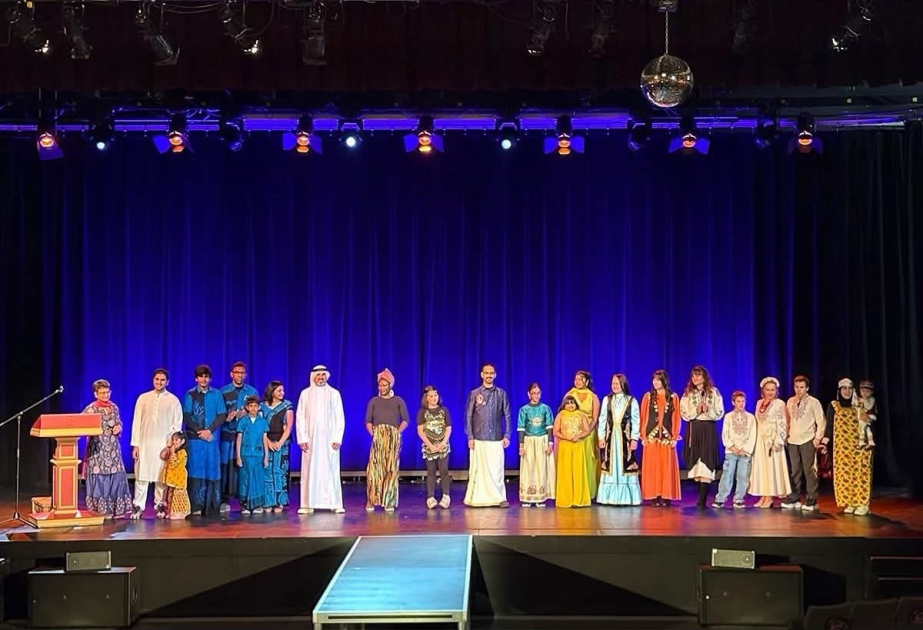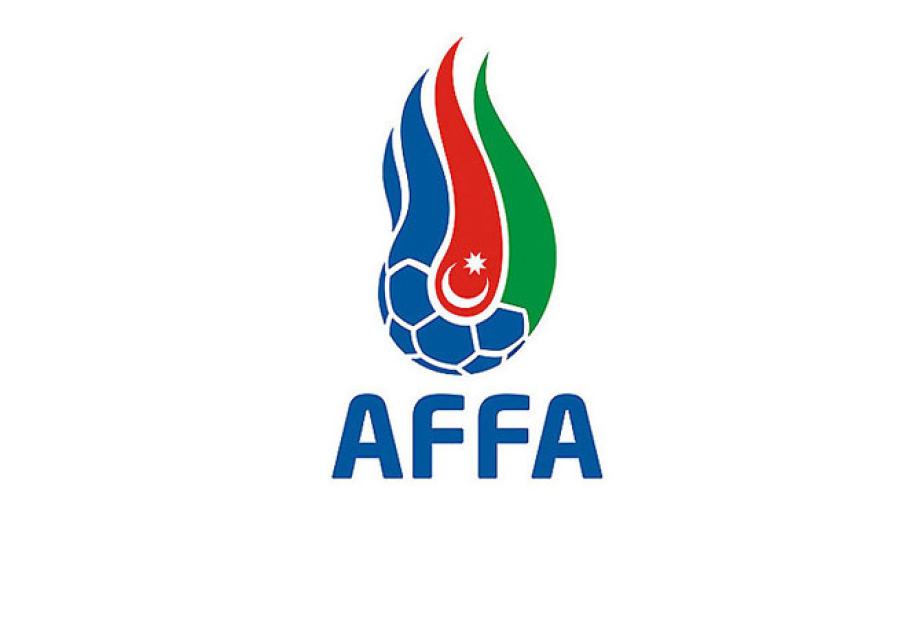In 2025, Sukkot begins at sundown on Monday, Oct. 6 and ends at sundown on Monday, Oct. 13.
n 2025, Sukkot begins at sundown on Monday, Oct. 6 and ends at sundown on Monday, Oct. 13. The conclusion of Sukkot marks the beginning of the separate holidays of Shemini Atzeret and Simchat Torah.
What is Sukkot?
Sukkot is known as the “Festival of Tabernacles” and the “Feast of Booths.” It is one of Judaism’s three central pilgrimage festivals, along with Passover and Shavuot.
When is Sukkot 2025? Click here to find out.
How Do You Celebrate Sukkot?
The most conspicuous mitzvah of Sukkot is sitting in a sukkah, a temporary dwelling in which many Jews take their meals for the duration of the holiday. Some Jews will attempt to do as many of their other routine activities in the sukkah as they can, including sleeping. Rabbinic tradition indicates that the sukkah represent the huts in which the Israelites dwelt during their 40 years of wandering in the desert after escaping from slavery in Egypt. Many Jews have a custom of welcoming ancestors into the sukkah each night of the holiday.
The other major mitzvah of Sukkot is the waving of the four species specified in Leviticus 23:40, which Jewish tradition identifies as a lulav (palm frond), etrog (citron), hadasim (myrtle) and aravot (willow). These four are taken in hand and shaken each day of the holiday.
Help us keep Jewish knowledge accessible to millions of people around the world.
With your help, My Jewish Learning can provide endless opportunities for learning, connection and discovery.
SHOW YOUR SUPPORT
In Temple times, Sukkot was also the occasion for a water-drawing ceremony, a joyous celebration that some communities still mark today.
The final day of Sukkot is known as Hoshanah Rabbah, “the great hoshanah,” in which a number of prayers asking for salvation are recited while marching in procession around the synagogue sanctuary.
What Are Sukkot Foods?
Since it falls just after the Rosh Hashanah and Yom Kippur, many Jews will continue to eat honey as a symbol of a sweet year to come. Since it occurs at the onset of fall and has roots as an agricultural harvest festival, many will eat seasonal foods that symbolize the earth’s bounty. And as a major Jewish festival, traditional foods eaten on all Jewish holidays like brisket and matzah ball soup are common choices.
The one specific food that many Jews choose to serve at Sukkot is stuffed cabbage. There are a number of reasons offered. One is that in German, cabbage is kohl and water is vasser. It became a custom to each cabbage cooked in water on Sukkot to symbolize the kol mevasser, the “voice of the herald,” a phrase recited by some communities during the prayer service on Hoshanah Rabbah. Another is that stuffed foods are eaten to symbolize the bounty of the harvest season and the abundance of blessings experienced at this time of year.








.jpeg)












